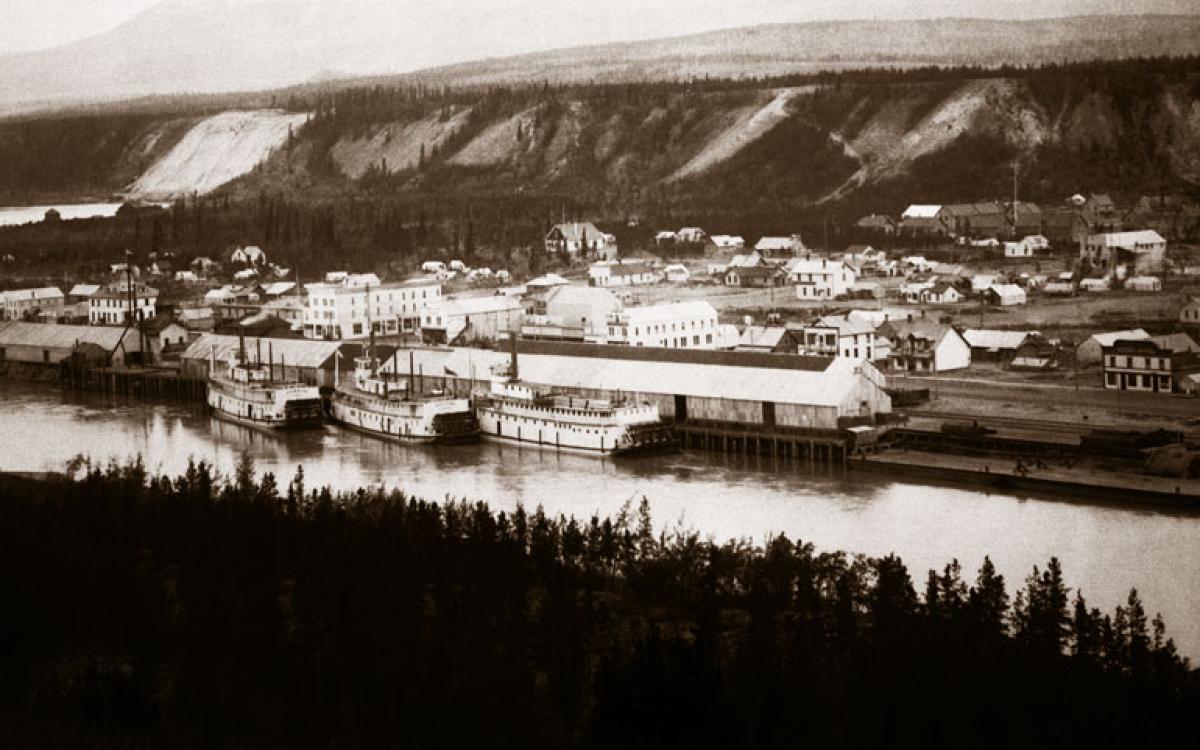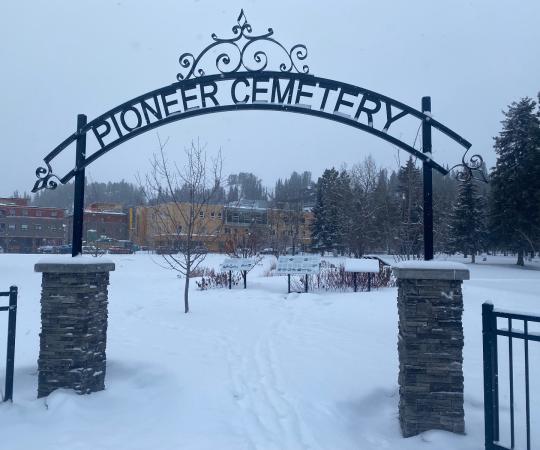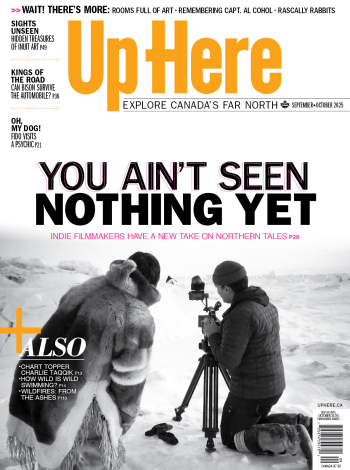In its earliest days, Whitehorse was a river town: a tent city on the banks of the Yukon, built to service gold-seekers on their way to the Klondike. The White Pass railway came from Skagway’s ocean port and dead-ended on the riverfront, and the sternwheelers took over from there. But the building of the Alaska Highway during the Second World War fundamentally changed the city’s orientation. Whitehorse turned away from the river, and became a highway town. As labourers and civil servants poured into the new capital after the war, they began looking for a place to live in a city wholly unprepared for the influx.
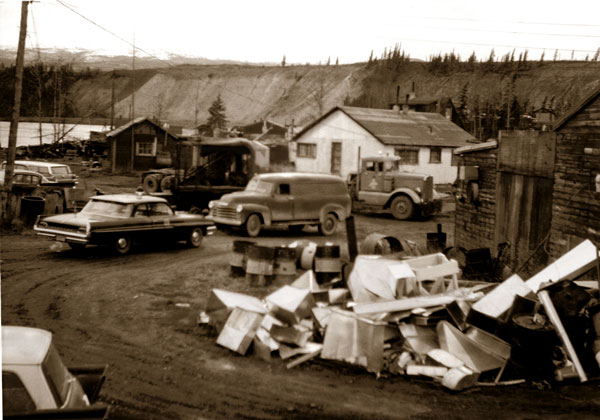
Squatter settlements grew up and thrived along the riverfront in the 1940s and ‘50s. One of them, located on the downtown side of the bridge to Riverdale, was called Whiskey Flats. It was a colourful, boisterous community—an inspiration to legendary Yukon artist Jim Robb, among others. It was home to First Nations people and newer arrivals, settled families with government jobs and more transient workers.

They lived in everything from derelict shacks and Quonset huts to log cabins and houses that rivalled homes in the wealthy Riverdale suburb across the river. Sanitation and overcrowding were rampant, but the squatters tended to their own issues—repairing roads and building play areas for children. While many taxpayers saw them as freeloaders, others saw them as an inevitable—and even quaint—part of the local Northern scenery.
By the late 1950s, the federal government was fed up with the Whiskey Flats and other squatter settlements. The squalor, it declared, was unbecoming of a territorial capital—not to mention the prime real estate the squatters occupied along the riverfront. After some painful attempts at relocation in the early 1960s (one resident attacked a Mountie with a crowbar) the Whiskey Flats were almost completely razed, and the local Rotary Club quickly stepped in to build a park in its place. By 1970, nary a sign of the Flats remained.
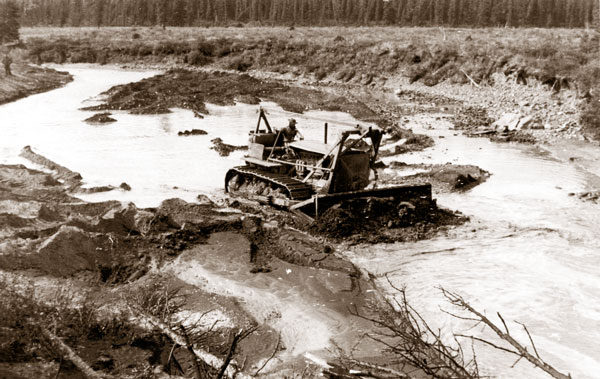
Today, Rotary Park and the S.S. Klondike National Historic Site sit where Whiskey Flats once stood. Summer sees beach volleyball games in the park, and long lunchtime lineups at a food truck selling burritos. Commerce and transportation still revolve around the highway, but Whitehorse hasn’t forgotten its riverfront roots.

